Related Article
-
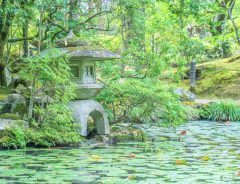
Stunning photography of beautiful garden in Kyoto draws comparisons to Studio Ghibli and Makoto Shinkai
-

Giant beam of light shooting from temple in Japan makes for stunning scene
-

Nara’s Famous “Child Granting” Temple Reveals The Nature Of Japanese Power Spots[PR]
-
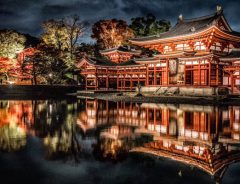
Photographer Captures Stunning Moonlight Nighttime Photography Of Impressive Kyoto Temple
-
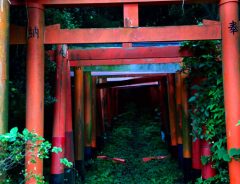
Japanese Traveler Discovers Spooky Shrine Path That Could Spirit You Away
-
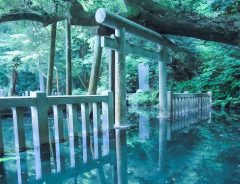
Photographer shows the healing nature of Japanese shrine’s purification pond in one shot
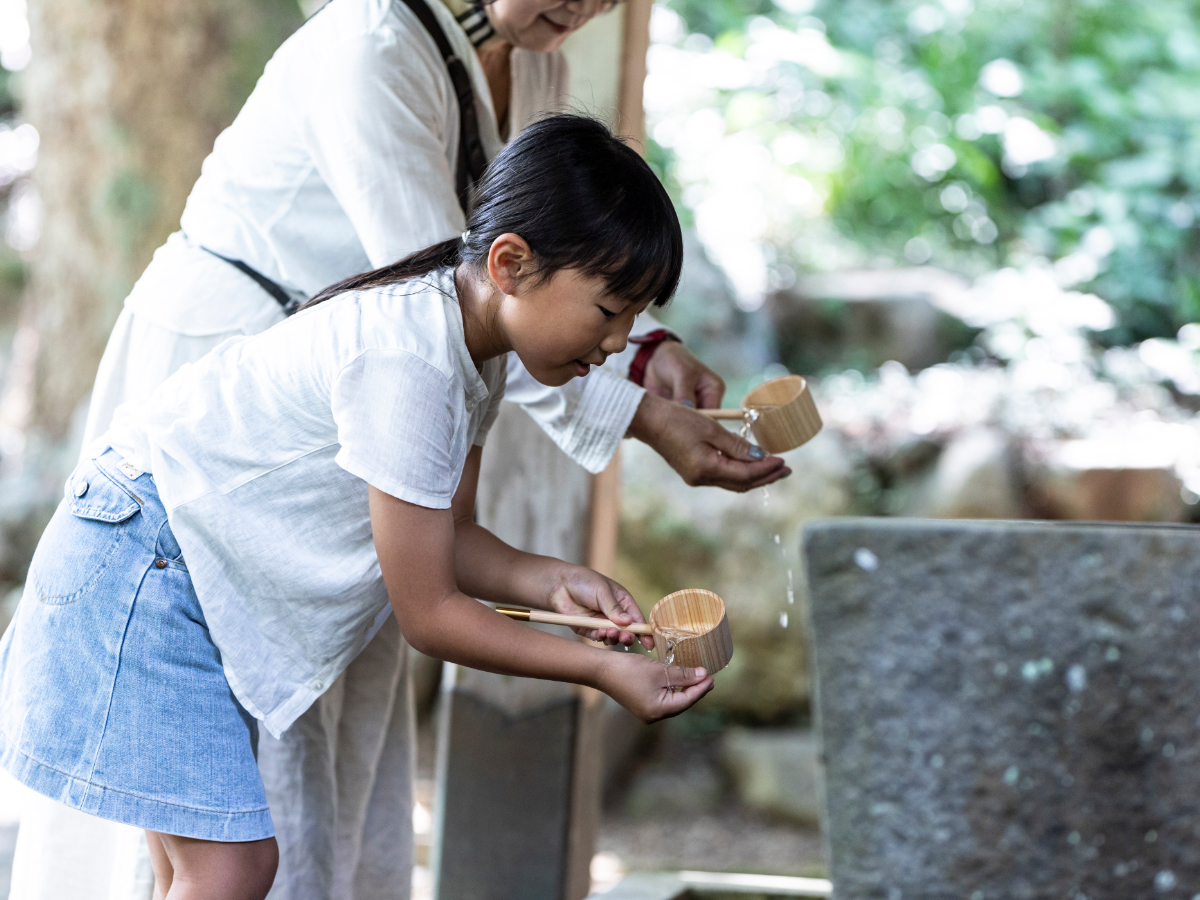


In normal times, when visiting a Japanese temple or shrine complex, the first thing you would be expected to do would be to wash your hands at the water basin located near the entrance.
This process is part of an ancient ritual known as chōzu, in which worshippers will use a wooden ladle known as ‘hishaku’ to pour water over their left hand, right hand, mouth and finally over the handle of the ladle itself. The act represents the purification of the body and mind, and once completed, the individual is able to advance to the main hall where they can make their prayers.
Usually, the chōzubachi (water basins) would be full of fresh flowing water, and a collection of hishaku would be readily available for the act of chōzu. However, many shrines and temples have decided to remove the hishaku from the chōzubachi or to turn off their water supplies, for fear that the shared use of the water ladles may be contributing to the spread of the ongoing coronavirus. This worry is understandable, as the infection can be spread through indirect contact of objects used by those infected.
The pause in use of chōzubachi and hishaku was originally intended to be only a temporary change, but by taking a look at the risk factors involved with returning things to the way they once were, it’s more conceivable to believe that the act of chōzu will have to adapt to a ‘new normal’ or risk becoming obsolete in a world that cares more about individual safety, than a ritual which involves sharing water with strangers.
Though the future of chōzu is uncertain, shrine manufacturing and carpenter company Tomiya Honten, has made it their mission to ensure the ritual doesn’t disappear into the past, with their collection of personal hishaku.
My Hishaku is the second model of personal hishaku, with the first having been released last year. This new design sees the hishaku downsized to a weight of 45 grams and a total length of 20cm, which is a perfect compact size for portability.
Carefully crafted using high quality materials, the hishaku is carved from hinoki cypress from Gifu prefecture. Just like the first model, the surface of the hishaku is waterproof, antifungal, deodorant free, sunburn protected, crack prevented and strong so that it can be used for a long time without needing to be replaced.
Last year’s model came with a drawstring bag, but the new edition comes with a special pouch with a clip attached that makes it convenient for carrying. The pouch is made with densely woven cotton fibres, which make it waterproof and breathable.
The pouch is available in three different colours; navy, khaki and camel.
Despite having 41 days left, crowdfunding for the second version of My Hishaku has already reached 171%, which means manufacturing of the item will be going ahead.
My Hishaku
Dimensions: L20cm x D6.7cm x H4.5cm
My Hishaku price: 5,445 yen (tax included)
My Hishaku & dedicated pouch: 8,800 yen (tax included